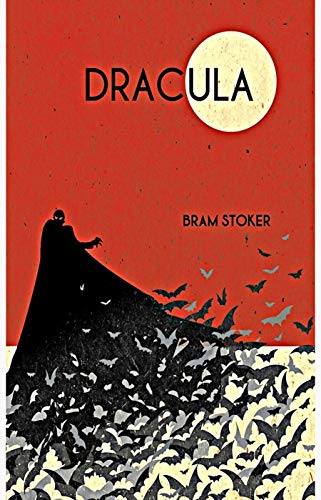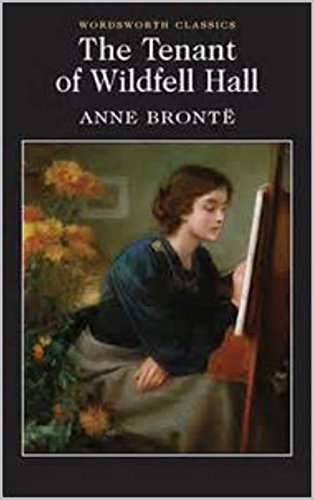Exploring The Charm Of Epistolary Novels: The Best In Literature

Disclaimer
This post may contain affiliate links. I will make a small commission if you make a purchase through one of these links, at no extra cost to you. See full disclosure and disclaimer policy HERE.
Epistolary novels are unique literary works that immerse readers in a world of intimate exchanges and personal revelations. In this article, we will delve into the world of epistolary novels, exploring their allure, examining some notable examples, and uncovering the reasons why they continue to captivate readers to this day.
Table of Contents
- The Intrigue Of Epistolary Novels
- Discovering the Gems: Best Epistolary Novels
- Dracula by Bram Stoker
- 84, Charing Cross Road by Helene Hanff
- The Color Purple by Alice Walker
- We Need to Talk About Kevin by Lionel Shriver
- The Perks of Being a Wallflower by Stephen Chbosky
- Dangerous Liaisons by Pierre Choderlos de Laclos
- Frankenstein by Mary Shelley
- The Tenant of Wildfell Hall by Anne Brontë
- The Guernsey Literary and Potato Peel Pie Society by Mary Ann Shaffer & Annie Barrows
- The Screwtape Letters by C.S. Lewis
- Conclusion
- FAQs
The Intrigue Of Epistolary Novels
Epistolary novels have a rich and storied history, tracing back centuries and spanning various literary genres. They offer more than just a literary technique; they are windows into specific time periods, cultures, and human experiences.
Epistolary novels provide a fresh perspective on storytelling, allowing readers to witness events through the eyes and voices of the characters themselves. By adopting the voices of characters through their personal correspondences, epistolary novels capture the essence of historical moments, social dynamics, and the intricacies of human relationships like no other form of storytelling can.
The use of personal letters, diary entries, or even emails create an immediate and intimate connection between the reader and the characters. The format lends itself well to conveying emotions, secrets, and personal thoughts, adding depth and realism to the narrative.
Discovering the Gems: Best Epistolary Novels
Dracula by Bram Stoker
This classic Gothic novel, published in 1897, is a masterpiece of epistolary writing. Through a collection of letters, journal entries, and newspaper clippings, Stoker weaves a tale of horror, suspense, and the battle between good and evil. The unique format intensifies the sense of danger and allows readers to experience the chilling events first-hand.
84, Charing Cross Road by Helene Hanff
This heart-warming nonfiction work takes the form of a correspondence between Hanff, an American writer, and Frank Doel, an English bookseller. The letters span twenty years and beautifully portray their friendship, love for literature, and the enduring power of books to connect people across distances.
The Color Purple by Alice Walker
Through a series of letters and diary entries, Walker presents a compelling narrative about the life of Celie, an African American woman living in the early 20th century. The letters intimately reveal Celie’s struggles, triumphs, and personal growth, making it a poignant and unforgettable read.
We Need to Talk About Kevin by Lionel Shriver
In this chilling psychological thriller, Shriver uses letters from Eva, the mother of a teenage boy who committed a heinous crime, to explore the complexities of motherhood, guilt, and societal expectations. The fragmented and intimate nature of the letters adds to the novel’s unsettling atmosphere.
The Perks of Being a Wallflower by Stephen Chbosky
Chbosky’s coming-of-age novel unfolds through a series of letters written by Charlie, a socially awkward teenager. Through his letters, Charlie shares his thoughts, struggles, and personal growth, allowing readers to empathize with his experiences and navigate the challenges of adolescence.
Dangerous Liaisons by Pierre Choderlos de Laclos
This 18th-century French novel is a captivating exploration of deceit, manipulation, and the dark side of human relationships. The story unfolds through letters exchanged between various characters, revealing their schemes, desires, and moral complexities.
Frankenstein by Mary Shelley
Shelley’s iconic Gothic novel, published in 1818, employs a combination of letters, journal entries, and narratives to tell the story of Victor Frankenstein and his creation. The epistolary elements heighten the sense of mystery and allow readers to experience the narrative from different perspectives.
Read our post “British Classic Literature Books: A Timeless Collection of Masterpieces” here
The Tenant of Wildfell Hall by Anne Brontë
This novel, published in 1848, takes the form of a series of letters and diary entries. It follows the story of Helen Graham, a mysterious woman who takes up residence at Wildfell Hall, and reveals her past through the letters she writes to a close friend, providing insights into her struggles, love, and independence.
The Guernsey Literary and Potato Peel Pie Society by Mary Ann Shaffer & Annie Barrows
Set in the aftermath of World War II, this heart-warming novel unfolds through letters exchanged between writer Juliet Ashton and the members of the Guernsey Literary and Potato Peel Pie Society. The letters reveal stories of resilience, friendship, and the power of literature in the face of adversity.
The Screwtape Letters by C.S. Lewis
Lewis presents a unique and thought-provoking perspective on human nature and spirituality in this epistolary novel. The story is conveyed through a series of letters from Screwtape, a senior demon, to his nephew Wormwood, providing insight into the temptations and struggles faced by humans.
Conclusion
Epistolary novels hold a unique place in the world of literature, offering readers a chance to engage deeply with characters, witness their personal journeys, and experience a range of emotions.
From the haunting horror of “Dracula” to the heartfelt connections in “84, Charing Cross Road,” each epistolary novel creates an intimate bond between reader and character, leaving a lasting impression.




















